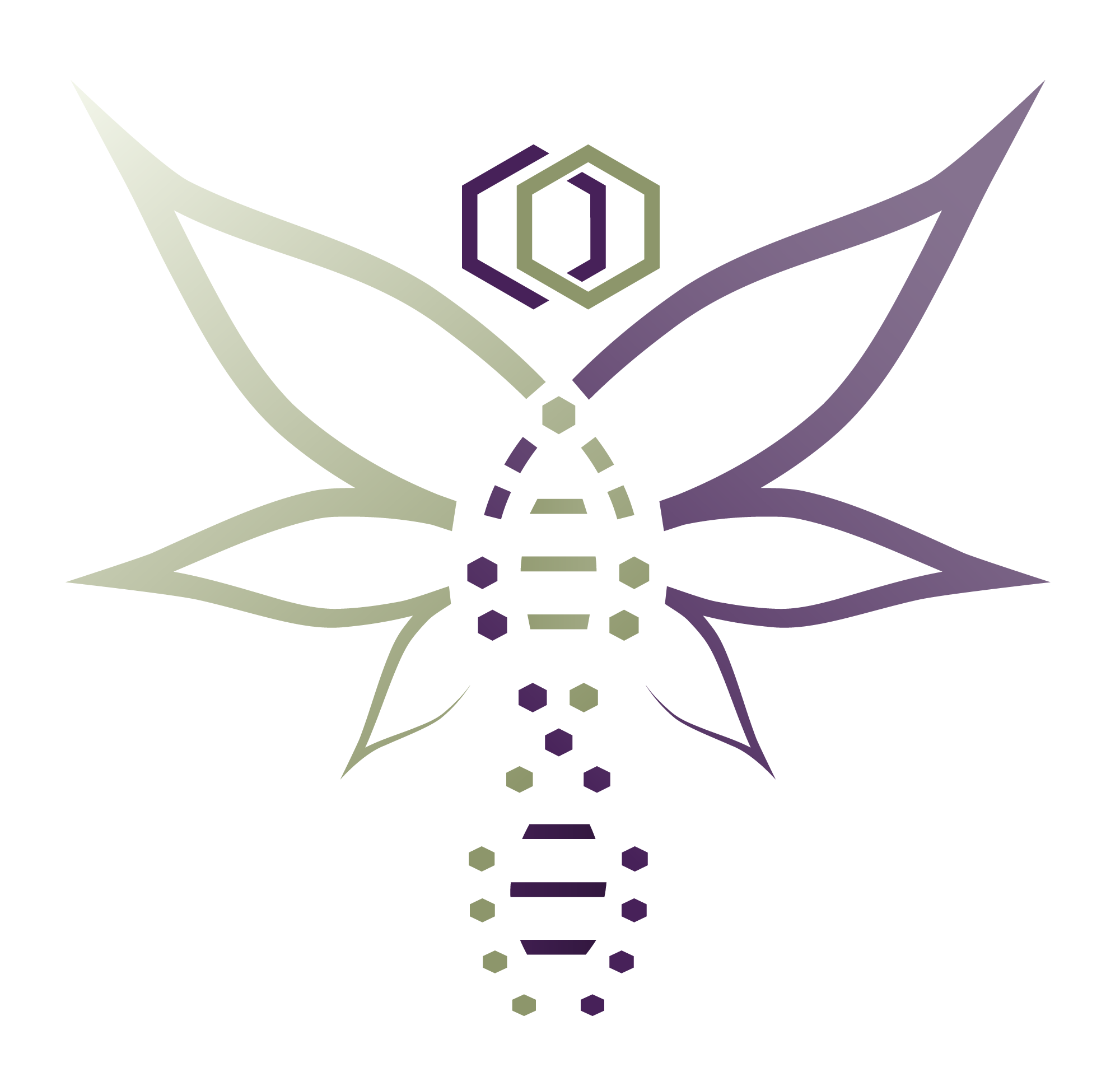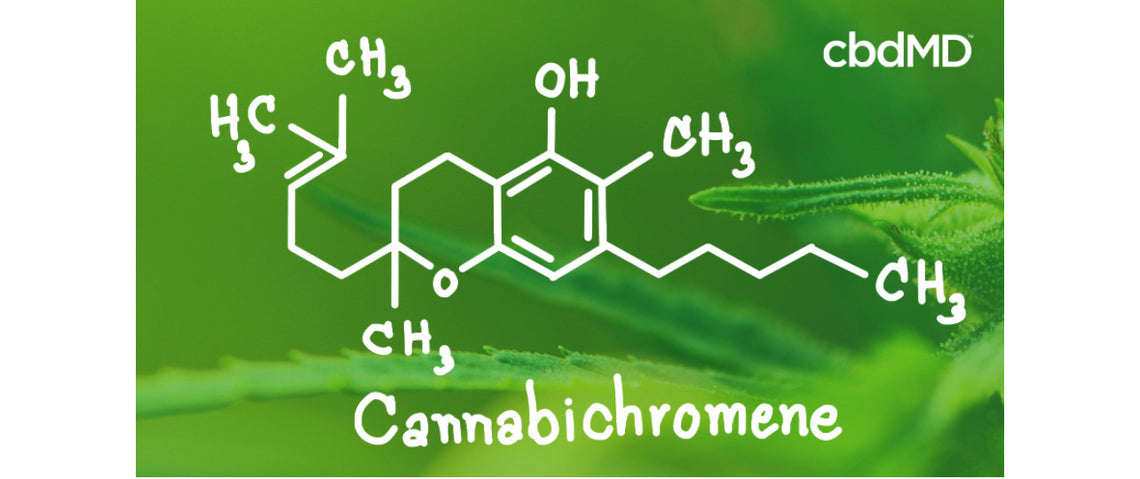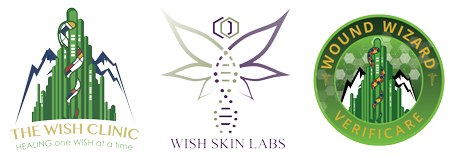The skin is the largest organ in the human body, which is constantly exposed to external stressors and is vulnerable to wounds such as cuts, tears, abrasions, lacerations, bruises, pressure ulcers, surgical wounds, burns, and diabetic wounds.1 Skin wounds affect millions of Americans and are disproportionately higher in the aging population, as aging skin has diminished regeneration capacity owing to increased cell senescence and altered collagen fiber remodeling, among other physiological changes.2,3
Non-healing wounds are associated with reduced quality of life and increased mortality and morbidity.4–6 A retrospective analysis of the Medicare 5% data set for 2014 estimates that skin wounds affect about 15% of Medicare beneficiaries (8.2 million) the total Medicare spending estimates for all wound types ranged from $28.1 to $96.8 billion.7
Wound healing is a highly orchestrated process involving a variety of cell types (fibroblasts, keratinocytes, inflammatory cells), extracellular matrix proteins, growth factors, proteases, cytokines, and chemokines.8,9 The complex interplay between these factors and the highly coordinated steps involved in the wound healing process poses a challenge to developing effective wound care therapeutics.10,11 Although a wide range of topical agents has been developed for treating wounds, these agents have limited efficacy and are associated with many adverse effects.5,10,12
Recent studies have postulated that topically applied cannabinoids and terpenes may be effective in aiding wound healing with minimal adverse effects.13–17,22–33 Cannabinoid receptors have been identified in multiple cellular compartments of the skin, including epidermal keratinocytes, hair follicles, and sweat glands.13,18–21 Exogenous cannabinoids have been shown to improve the proliferation and differentiation of human keratinocytes, stimulate regeneration and reduce cellular senescence of fibroblasts, reduce inflammation, and alter immune functions in the epithelial cells.19-20,22 More importantly, cannabinoids have also been shown to modulate stem/progenitor cells, which are involved in the re-epithelialization process.13–14,21–22
Traci A. Kimball, MD, MBA, is the Chief Medical Innovations Officer at WISH Skin Labs. Contact her at drtracik@wishskinlabs.com.
References
- Kanitakis J. Anatomy, histology and immunohistochemistry of normal human skin. Eur J Dermatol. 2002 Jul-Aug;12(4):390-9; quiz 400-1. PMID: 12095893.
- Blair MJ, Jones JD, Woessner AE, Quinn KP. Skin structure-function relationships and the wound healing response to intrinsic aging. Adv Wound Care (New Rochelle). 2020 Mar 1;9(3):127-143. doi: 10.1089/wound.2019.1021. Epub 2020 Jan 24. PMID: 31993254; PMCID: PMC6985772.
- Ding X, Kakanj P, Leptin M, Eming SA. Regulation of the wound healing response during aging. J Invest Dermatol. 2021 Apr;141(4S):1063-1070. doi: 10.1016/j.jid.2020.11.014. Epub 2021 Feb 6. PMID: 33558058.
- Sen CK. Human Wound and Its Burden: Updated 2020 Compendium of Estimates. Adv Wound Care (New Rochelle). 2021 May;10(5):281-292. doi: 10.1089/wound.2021.0026. PMID: 33733885; PMCID: PMC8024242.
- Darwin E, Tomic-Canic M. Healing chronic wounds: current challenges and potential solutions. Curr Dermatol Rep. 2018 Dec;7(4):296-302. doi: 10.1007/s13671-018-0239-4. Epub 2018 Oct 23. PMID: 31223516; PMCID: PMC6585977.
- Lim HW, Collins SAB, Resneck JS Jr, et al. The burden of skin disease in the United States. J Am Acad Dermatol. 2017 May;76(5):958-972.e2. doi: 10.1016/j.jaad.2016.12.043. Epub 2017 Mar 1. PMID: 28259441.
- Nussbaum SR, Carter MJ, Fife CE, et al. An Economic evaluation of the impact, cost, and medicare policy implications of chronic nonhealing wounds. Value Health. 2018 Jan;21(1):27-32. doi: 10.1016/j.jval.2017.07.007. Epub 2017 Sep 19. PMID: 29304937.
- Gurtner GC, Werner S, Barrandon Y, Longaker MT. Wound repair and regeneration. Nature. 2008 May 15;453(7193):314-21. doi: 10.1038/nature07039. PMID: 18480812.
- Singer AJ, Clark RA. Cutaneous wound healing. N Engl J Med. 1999 Sep 2;341(10):738-46. doi: 10.1056/NEJM199909023411006. PMID: 10471461.
- Kibret BG, Patel S, Niezgoda J, et al. Evidence-based potential therapeutic applications of cannabinoids in wound management. Adv Skin Wound Care. 2022 Aug 1;35(8):447-453. doi: 10.1097/01.ASW.0000831920.15801.25. Epub 2022 May 18. PMID: 35588193.
- Pastar I, Wong LL, Egger AN, Tomic-Canic M. Descriptive vs mechanistic scientific approach to study wound healing and its inhibition: Is there a value of translational research involving human subjects? Exp Dermatol. 2018 May;27(5):551-562. doi: 10.1111/exd.13663. PMID: 29660181; PMCID: PMC6374114.
- Whittam AJ, Maan ZN, Duscher D, et al. Challenges and opportunities in drug delivery for wound healing. Adv Wound Care (New Rochelle). 2016 Feb 1;5(2):79-88. doi: 10.1089/wound.2014.0600. PMID: 26862465; PMCID: PMC4742986.
- Tóth KF, Ádám D, Bíró T, Oláh A. Cannabinoid signaling in the skin: therapeutic potential of the "C(ut)annabinoid" System. Molecules. 2019 Mar 6;24(5):918. doi: 10.3390/molecules24050918. PMID: 30845666; PMCID: PMC6429381.
- Weigelt MA, Sivamani R, Lev-Tov H. The therapeutic potential of cannabinoids for integumentary wound management. Exp Dermatol. 2021 Feb;30(2):201-211. doi: 10.1111/exd.14241. Epub 2020 Nov 27. PMID: 33205468.
- Zhao C, Dong Y, Liu J, et al. An enzyme-responsive Gp1a-hydrogel for skin wound healing. J Biomater Appl. 2021 Oct;36(4):714-721. doi: 10.1177/08853282211012870. Epub 2021 Apr 28. PMID: 33906517.
- Gerasymchuk M, Robinson GI, Groves A, et al. Phytocannabinoids stimulate rejuvenation and prevent cellular senescence in human dermal fibroblasts. Cells. 2022 Dec 6;11(23):3939. doi: 10.3390/cells11233939. PMID: 36497198; PMCID: PMC9738082.
- Shao K, Stewart C, Grant-Kels JM. Cannabis and the skin. Clin Dermatol. 2021 Sep-Oct;39(5):784-795. doi: 10.1016/j.clindermatol.2021.05.006. Epub 2021 May 14. PMID: 34785006.
- Ständer S, Schmelz M, Metze D, Luger T, Rukwied R. Distribution of cannabinoid receptor 1 (CB1) and 2 (CB2) on sensory nerve fibers and adnexal structures in human skin. J Dermatol Sci. 2005 Jun;38(3):177-88. doi: 10.1016/j.jdermsci.2005.01.007. PMID: 15927811.
- Maccarrone M, Di Rienzo M, Battista N, et al. The endocannabinoid system in human keratinocytes. Evidence that anandamide inhibits epidermal differentiation through CB1 receptor-dependent inhibition of protein kinase C, activation protein-1, and transglutaminase. J Biol Chem. 2003 Sep 5;278(36):33896-903. doi: 10.1074/jbc.M303994200. Epub 2003 Jun 18. PMID: 12815050.
- Pucci M, Pirazzi V, Pasquariello N, Maccarrone M. Endocannabinoid signaling and epidermal differentiation. Eur J Dermatol. 2011 May;21 Suppl 2:29-34. doi: 10.1684/ejd.2011.1266. PMID: 21628127.
- Rossi F, Bernardo ME, Bellini G, et al. The cannabinoid receptor type 2 as mediator of mesenchymal stromal cell immunosuppressive properties. PLoS One. 2013 Nov 27;8(11):e80022. doi: 10.1371/journal.pone.0080022. PMID: 24312195; PMCID: PMC3842278.
- Filipiuc SI, Neagu AN, Uritu CM, et al. The skin and natural cannabinoids-topical and transdermal applications. Pharmaceuticals (Basel). 2023 Jul 24;16(7):1049. doi: 10.3390/ph16071049. PMID: 37513960; PMCID: PMC10386449.
- Torres A, Caldwell V, Morris S, Lyon R. Human cells can be used to study cannabinoid dosage and inflammatory cytokines responses. Cannabis Science Technol. 2022; 5(2):38-45.
- Tortolani D, Di Meo C, Standoli S, et al. Rare phytocannabinoids exert anti-inflammatory effects on human keratinocytes via the endocannabinoid system and MAPK signaling pathway. Int J Mol Sci. 2023 Feb 1;24(3):2721. doi: 10.3390/ijms24032721. PMID: 36769042; PMCID: PMC9917187.
- Torres AR, Kimball TA, Cidral F. Cell proliferation and inflammatory cytokine report for Mett Naturals Products on Human Peripheral Blood Mononuclear Cells (pMBCs). White Paper, published by Mett Naturals LLC, 16 Dec 2021.
- Pazyar N, Yaghoobi R, Rafiee E, Mehrabian A, Feily A. Skin wound healing and phytomedicine: a review. Skin Pharmacol Physiol. 2014;27(6):303-10. doi: 10.1159/000357477. Epub 2014 Jun 27. PMID: 24993834.
- Avola R, Granata G, Geraci C, Napoli E, Graziano ACE, Cardile V. Oregano (Origanum vulgare L.) essential oil provides anti-inflammatory activity and facilitates wound healing in a human keratinocytes cell model. Food Chem Toxicol. 2020 Oct;144:111586. doi: 10.1016/j.fct.2020.111586. Epub 2020 Jul 15. PMID: 32679285.
- Ragi J, Pappert A, Rao B, Havkin-Frenkel D, Milgraum S. Oregano extract ointment for wound healing: a randomized, double-blind, petrolatum-controlled study evaluating efficacy. J Drugs Dermatol. 2011 Oct;10(10):1168-72. PMID: 21968667.
- de Albuquerque KC, da Veiga AD, Silva JV, Brigido HP, Ferreira EP, Costa EV, Marinho AM, Percário S, Dolabela MF. Brazilian amazon traditional medicine and the treatment of difficult to heal leishmaniasis wounds with Copaifera. Evid Based Complement Alternat Med. 2017;2017:8350320. doi: 10.1155/2017/8350320. Epub 2017 Jan 17. PMID: 28194218; PMCID: PMC5282428.
- Martins MD, Marques MM, Bussadori SK, et al. Comparative analysis between Chamomilla recutita and corticosteroids on wound healing. An in vitro and in vivo study. Phytother Res. 2009 Feb;23(2):274-8. doi: 10.1002/ptr.2612. PMID: 18803230.
- Lee SH, Heo Y, Kim YC. Effect of German chamomile oil application on alleviating atopic dermatitis-like immune alterations in mice. J Vet Sci. 2010 Mar;11(1):35-41. doi: 10.4142/jvs.2010.11.1.35. PMID: 20195063; PMCID: PMC2833428.
- Samuelson R, Lobl M, Higgins S, Clarey D, Wysong A. The effects of lavender essential oil on wound healing: a review of the current evidence. J Altern Complement Med. 2020 Aug;26(8):680-690. doi: 10.1089/acm.2019.0286. Epub 2020 Jun 24. PMID: 32589447.
- Oldach J, Armento A, Stolper G, Li M, Klausner M. A novel assay for evaluating wound healing in a full-thickness in vitro skin model [poster presentation]. Presented at the Society of Toxicology, 2015 Annual Meeting, San Diego, CA, USA.












